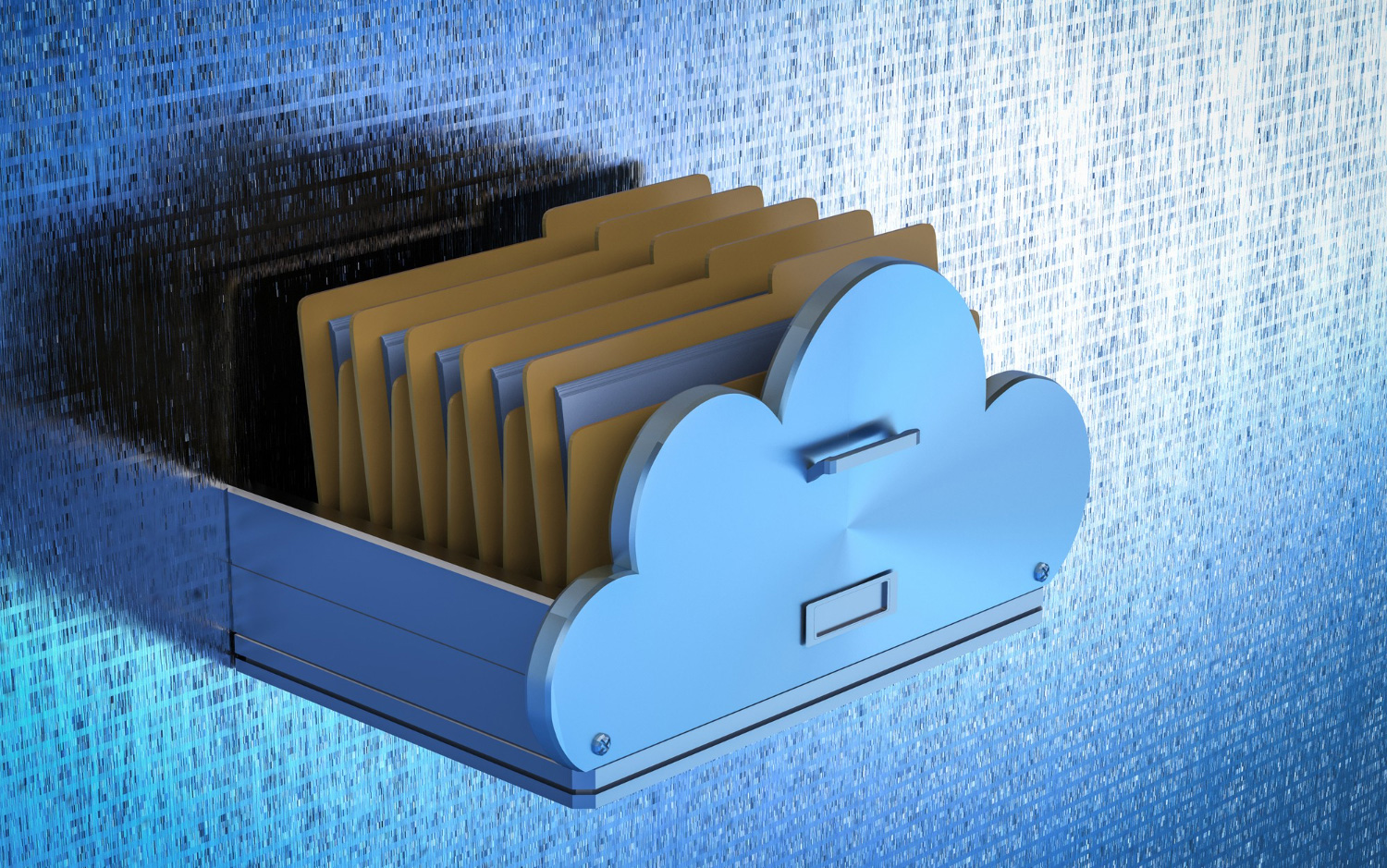For many enterprises, the database has quietly
become the bottleneck
For many enterprises, the database has quietly become the bottleneck. Legacy systems weren’t built for real-time analytics, API-first integration, or the scale of today’s digital operations. Yet most IT leaders only notice when issues pile up: delayed reports, rising downtime, costly maintenance.
Modernization doesn’t just mean “moving to the cloud.” It means building a foundation where automated data integration, database automation tools, and modern data architecture work together to give your teams resilience and speed.
Here are four warning signs it’s time to act.
Data Integration Still Runs on Manual Workflows
- Why it matters for business leaders: Faster insights, reduced compliance risk, and fewer firefighting incidents.
Your Engineers Are Acting as “Database Janitors”
- Why it matters for business leaders: Your engineers can focus on building products and features — not mopping up database chores.
You're Still Debating Cloud vs On-Premise
- Why it matters for business leaders: Market leaders don't wait — they run controlled pilots and build a data foundation that scales.
Your Architecture Can't Keep Up With Modern Demands
- Why it matters for business leaders: Agility to launch new products, meet regulatory demands, and compete with digital-first players.
The Cost of Inaction
If two or more of these signs feel familiar, your legacy database is costing you growth. The fix isn’t just technical — it’s strategic.
By investing in automated integration, database automation, and modern architecture, you’re building the foundation for faster releases, stronger compliance, and scalable innovation.
Modernization delivers:
- Faster releases
- Stronger compliance
- Scalable innovation
Ready to Modernize Your
Database Infrastructure?
Frequently Asked Questions
Common questions about database modernization
What is automated data integration?
Automated data integration is the use of ETL/ELT pipelines, APIs, and CDC tools to move data continuously across systems without manual intervention. It reduces human error, speeds up insights, and ensures data consistency.
What are database automation tools?
Database automation tools handle repetitive admin tasks like patching, indexing, backups, and monitoring. They free engineers from low-value work and reduce downtime risk.
Is cloud always better than on-premise for databases?
Not always. Cloud offers scalability, resilience, and lower TCO, but industries with strict compliance may need hybrid or on-prem setups. The best strategy depends on your regulatory environment and workload patterns.
What defines a modern data architecture?
Modern data architecture is cloud-native, distributed, and event-driven. It supports structured/unstructured data, real-time analytics, and AI-driven use cases.
How do I know it’s time to migrate?
Common signals: EOS deadlines, growing downtime, manual integrations, rising license costs, and stalled analytics initiatives. If these resonate, it’s time to explore migration.

